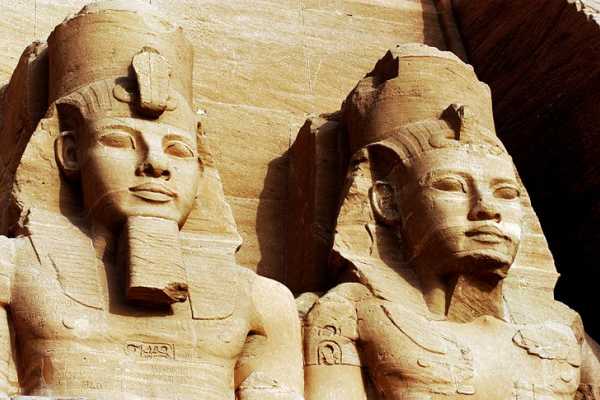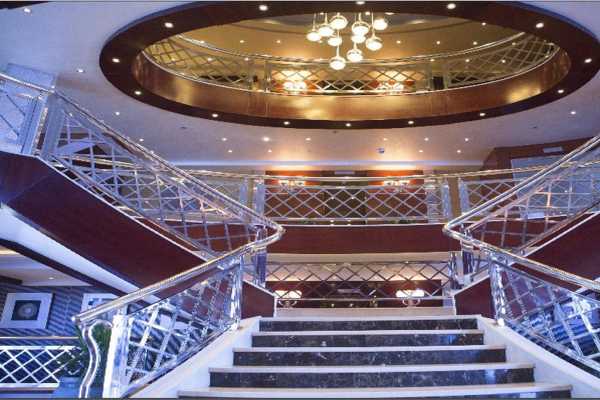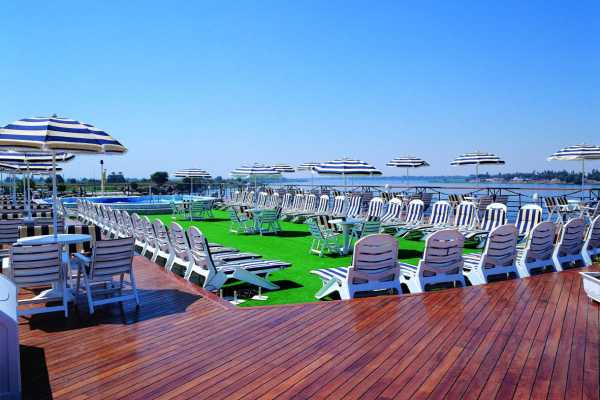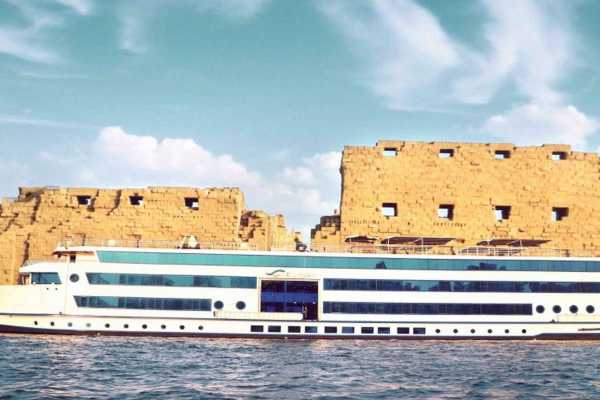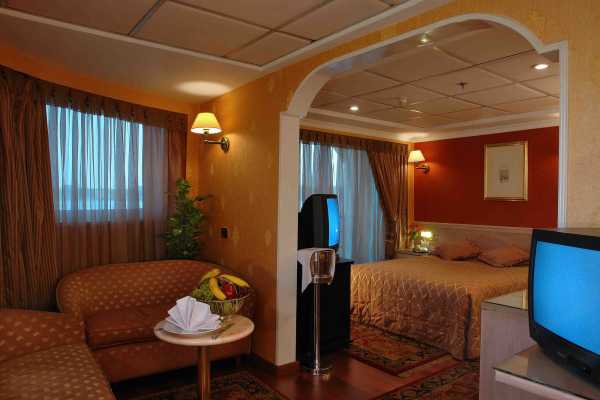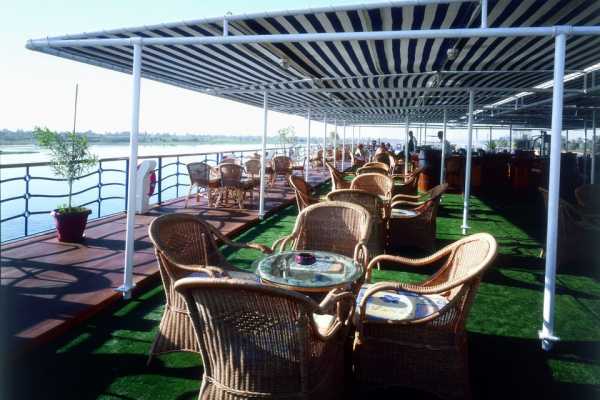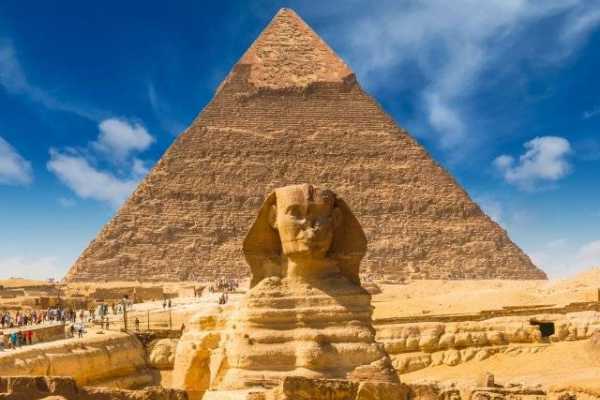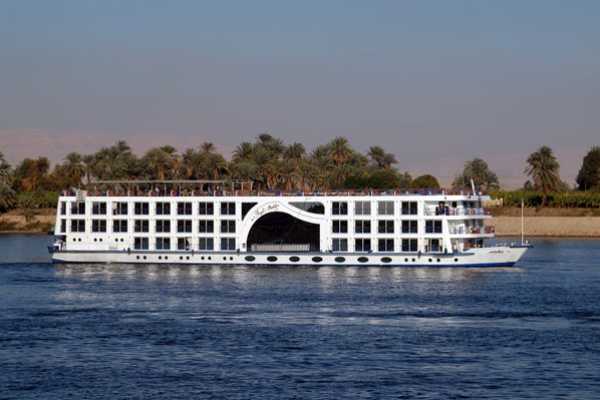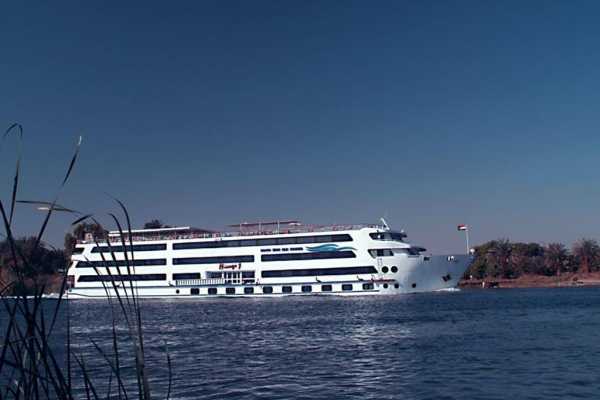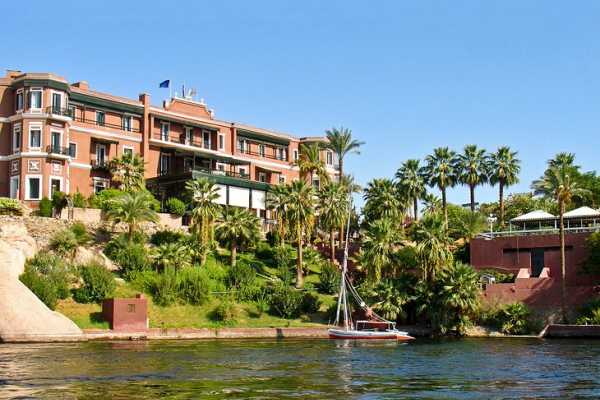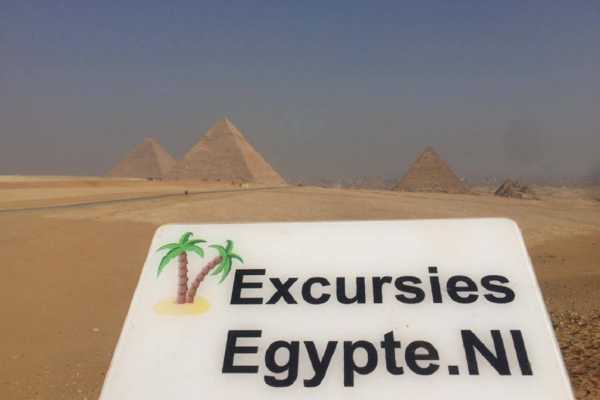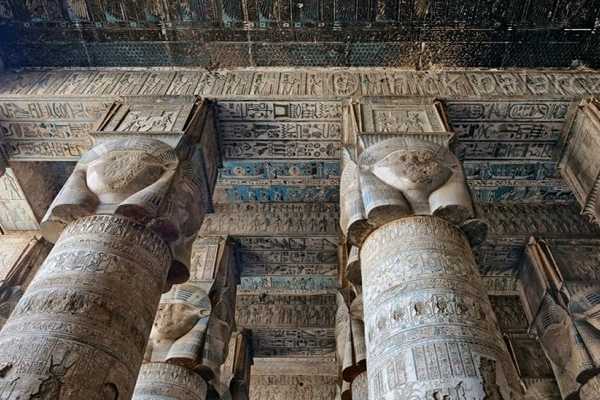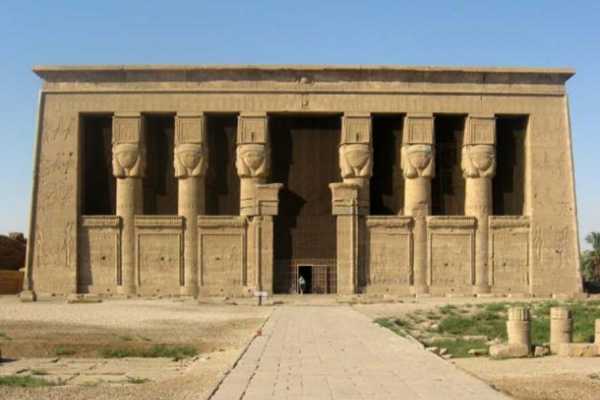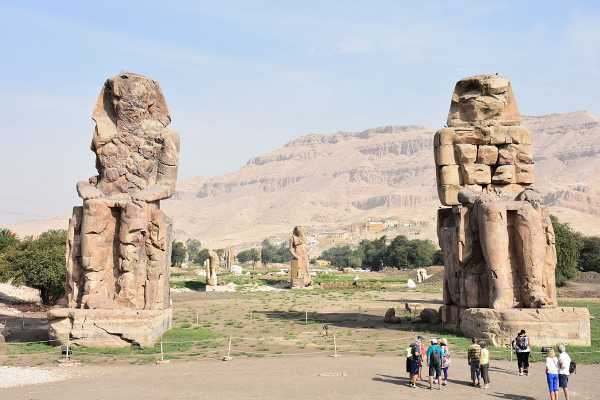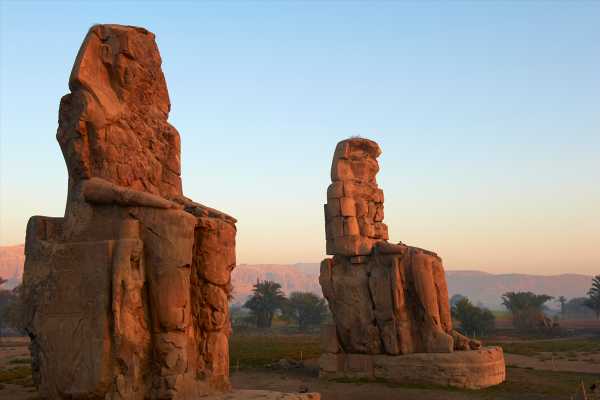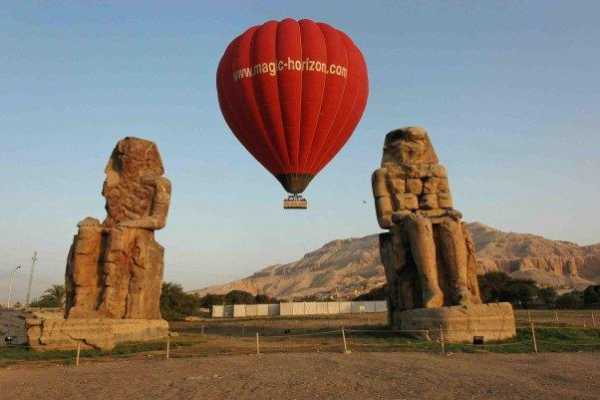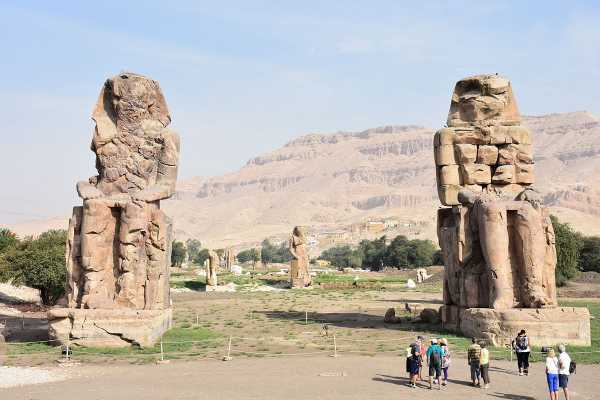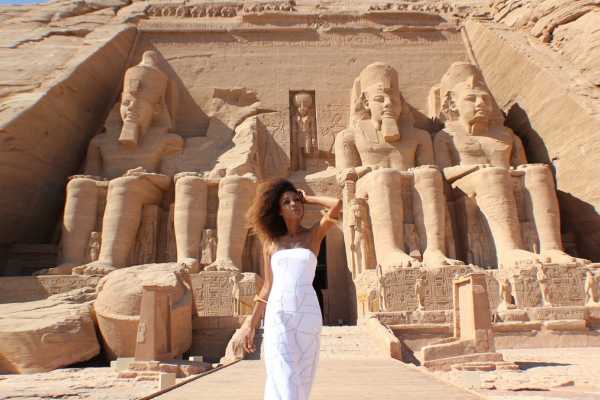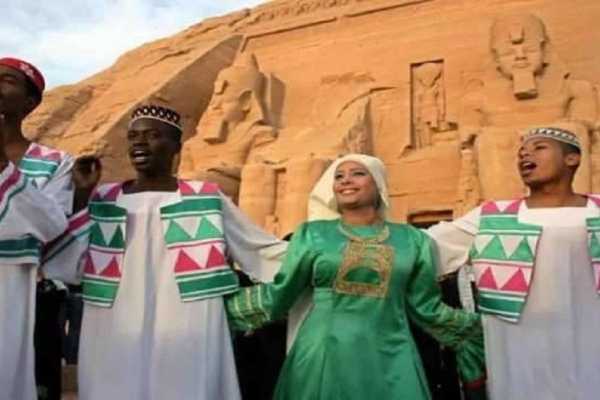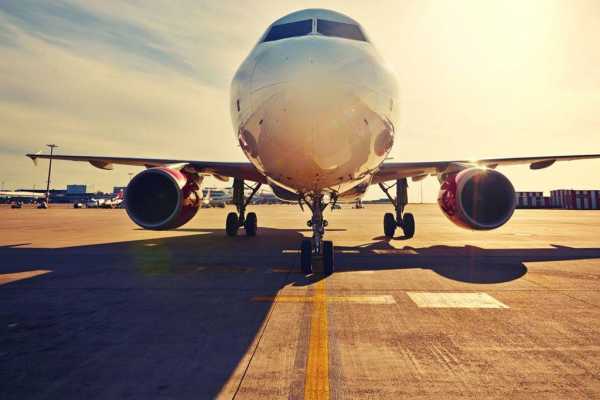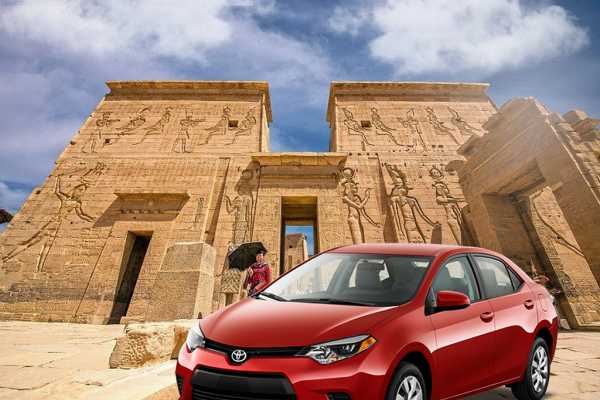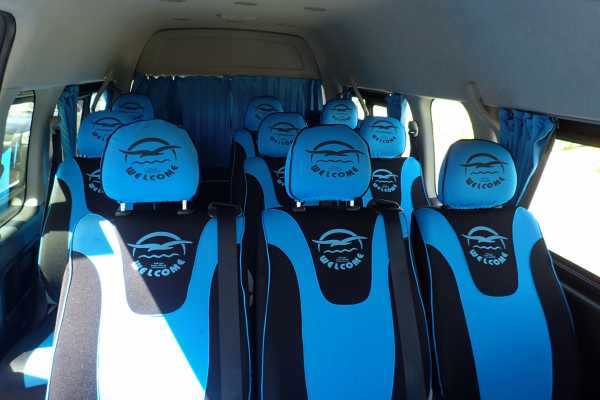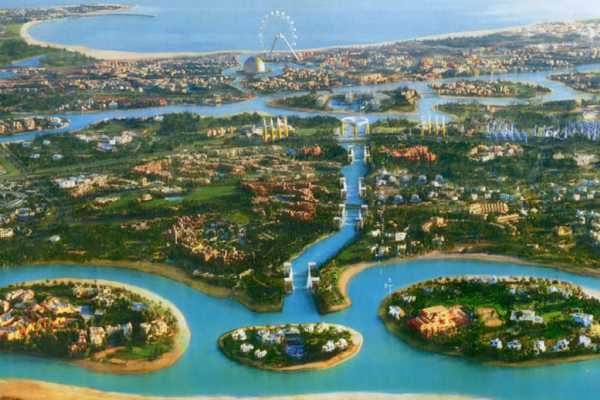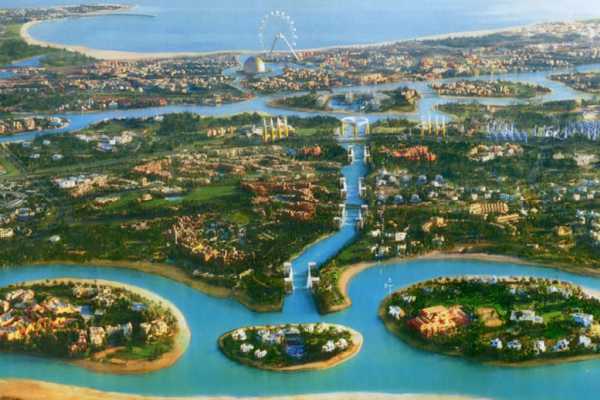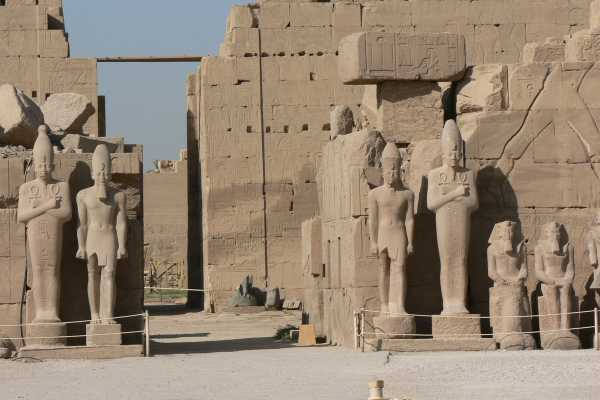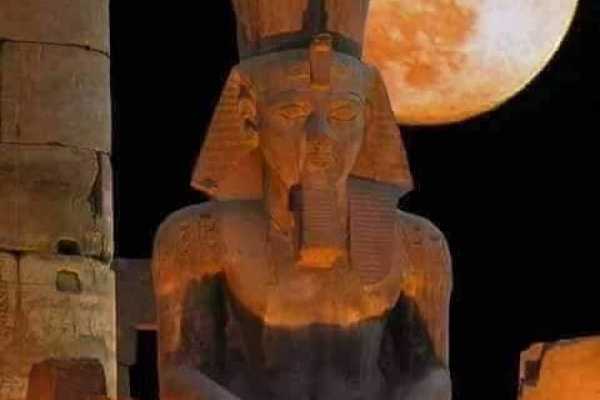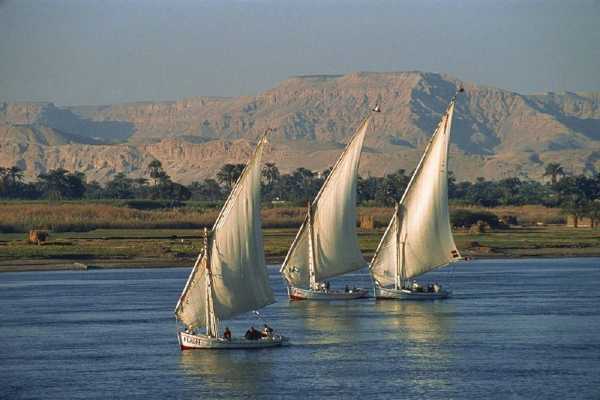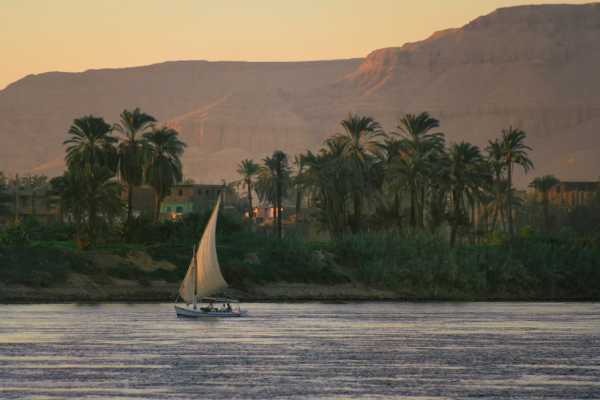Karnak Temple
Big, bold, and hugely ambitious, Luxor's mammoth Temple of Karnak complex is one of Ancient Egypt's grandest building projects. Every pharaoh worth their salt added and amended the buildings here during their reign, stamping their seal on the kingdom's most revered religious sanctuary. For Karnak was the house of the gods, and its glories were to be feted by all.
Although sacked by the Assyrian and Persian armies and looted and pilfered by early explorers and travellers who carted off statues and masonry, there are few other temple complexes in the world that are still so commanding and majestic today. The Pharaonic kingdoms may be long gone, but their power lives on in this triumphant testament of stone.
If you're short of time, the Great Temple of Amun is the main building and should be your key destination, but plenty of scattered temple remnants (in various ruinous states) surround it.
Avenue of Sphinxes
You enter the complex through a grand procession way, flanked on both sides by ram-headed sphinxes. These once ran all the way to Karnak from Luxor Temple (in downtown modern Luxor). During the Ancient Egyptian annual Festival of Opet, the statues of Amun, Mut, and Khonsu were paraded out of Karnak, down this avenue to Luxor Temple.
Great Temple of Amun
The Great Temple of Amun is Karnak's main temple building, and like nearly all of Egypt's surviving monuments, the temple has seen additions and improvements by the hands of many pharaohs over the centuries. But the shape of the temple you see before you now is mostly due to Pharaoh Tuthmosis I, who made Thebes capital of the New Kingdom and expanded the original modest temple here as it no longer seemed adequate to the power of the god and the king. Most of your time in Karnak will be spent inside this awe-inspiring building, but don't make the mistake of thinking this is all the Karnak complex has to offer.
North from the Main Temple of Amun
Known as the Karnak Open-Air Museum, this collection of shrines lies directly north of the Temple of Amun's Great Court.
Kiosk of Sesostris
The Kiosk of Sesostris I, just to the north of the Great Temple of Amun, is one of the oldest structures in the whole temple complex. Built of fine limestone, it was erected to commemorate the King's Jubilee. It stands on a substructure and is approached by ramps on the east and west sides. The roof is borne on 24 pillars, which, like the outer walls, are covered with reliefs of excellent quality. In the interior is a base for the sacred barque of Amun.
Temple of Ptah
The Temple of Ptah, tutelary god of Memphis, was built by Tuthmosis III and enlarged and restored by the Ethiopian ruler Shabaka and some of the Ptolemies. The temple is approached from the west through five successive gateways. Beyond this is a passage formed by four columns with rich foliage capitals, linked by screens. At the end of the passage is a small Pylon with the names of Tuthmosis III (restored in the Ptolemaic period) on the doorway.
The entrance passage leads into a Court, on the rear side of which is a portico with two 16-sided columns. In the portico are two altar bases of red granite with dedications by Amenemhet I and Tuthmosis III. In the walls are six niches, and a staircase leads to an upper story.
In the center of the court, a door leads into the Sanctuary. Here, on the doorway, you can see restored reliefs dating from the reign of Tuthmosis III, while the Sanctuary preserves original reliefs of that period. In the Sanctuary is the cult image of Ptah (now headless), which is lit, with magical effect, by an aperture in the roof. To the right is a room containing a statue of the lion-headed goddess Sekhmet, and to the left, another room with reliefs of Tuthmosis III.
Northern Temple Precinct
From the small Temple of Ptah, a gateway in the north enclosure wall gives access to the Northern Temple Precinct surrounded by a brick wall. The north gateway of the temple precinct was built by Ptolemy King Euergetes. In the enclosure wall to the south of the temple is a gateway with the name of Nectanebo II and the remains of a list of the people he subdued.
Temple of Montu
Within the Northern Temple Precinct is the Temple of Montu, the war god an old local god of Thebes. It was built by Amenophis III (18th Dynasty), but was several times altered and enlarged down to the period of the Ptolemies. The temple is so badly ruined that it is difficult to even make out the ground plan, but the older fragments of sculpture and architectural elements display a high standard of artistic skill. Outside the north entrance stood two obelisks of red granite, of which the bases and some fragments still remain.
East from the Main Temple of Amun
Temple of Ramses II
Just after the eastern exit of the Great Temple of Amun, beyond an unexcavated mound of rubble, is the badly ruined Temple of Ramses II, built on the same axis as the principal temple, which cuts across an older brick enclosure wall. The entrance doorway, on the east side, leads into a hall with two Osiris pillars, behind which is a narrow Hypostyle Hall. In front of the doorway, there was originally a hall dating from the reign of Taharqa, with 20 columns linked by screens.
North of these structures is the remains of another Temple of Ramses II, perhaps dedicated to the cult of King Mentuhotep III (11th Dynasty), which was restored in the time of Ptolemies. South of these remains, to the east of the Sacred Lake, are the remains of a brick building dating from before the Middle Kingdom.
Temple of Osiris
Built against the eastern enclosure wall is a small Temple of Osiris erected by Osorkon III (22nd Dynasty); his son and co-ruler Takelothis III; and his daughter, Shepenwepet. The front chamber was added by Amenirdis, sister of Shabaka (25th Dynasty) and mother-in-law of Psammetichus I. In the vicinity are a number of small chapels of the 26th Dynasty.
East Gate
Beyond the Temple of Ramses II, to the east, is the well-preserved East Gate (now closed) in the brick enclosure wall, which surrounded the whole temple precinct. Built by Nectanebo I, it stands 19 meters high.
South from the Main Temple of Amun
Sacred Lake
To the south of Ramses II's enclosure wall around the Temple of Amun lies the Sacred Lake. In Arabic, it is known as Birket el-Mallaha ("Lake of the Salt Pan") as the water of the lake is slightly saline. The walls encircling the lake are well preserved on the west, south, and north sides, from which steps lead down to the water. On the north side is a structure built by Tuthmosis III.

